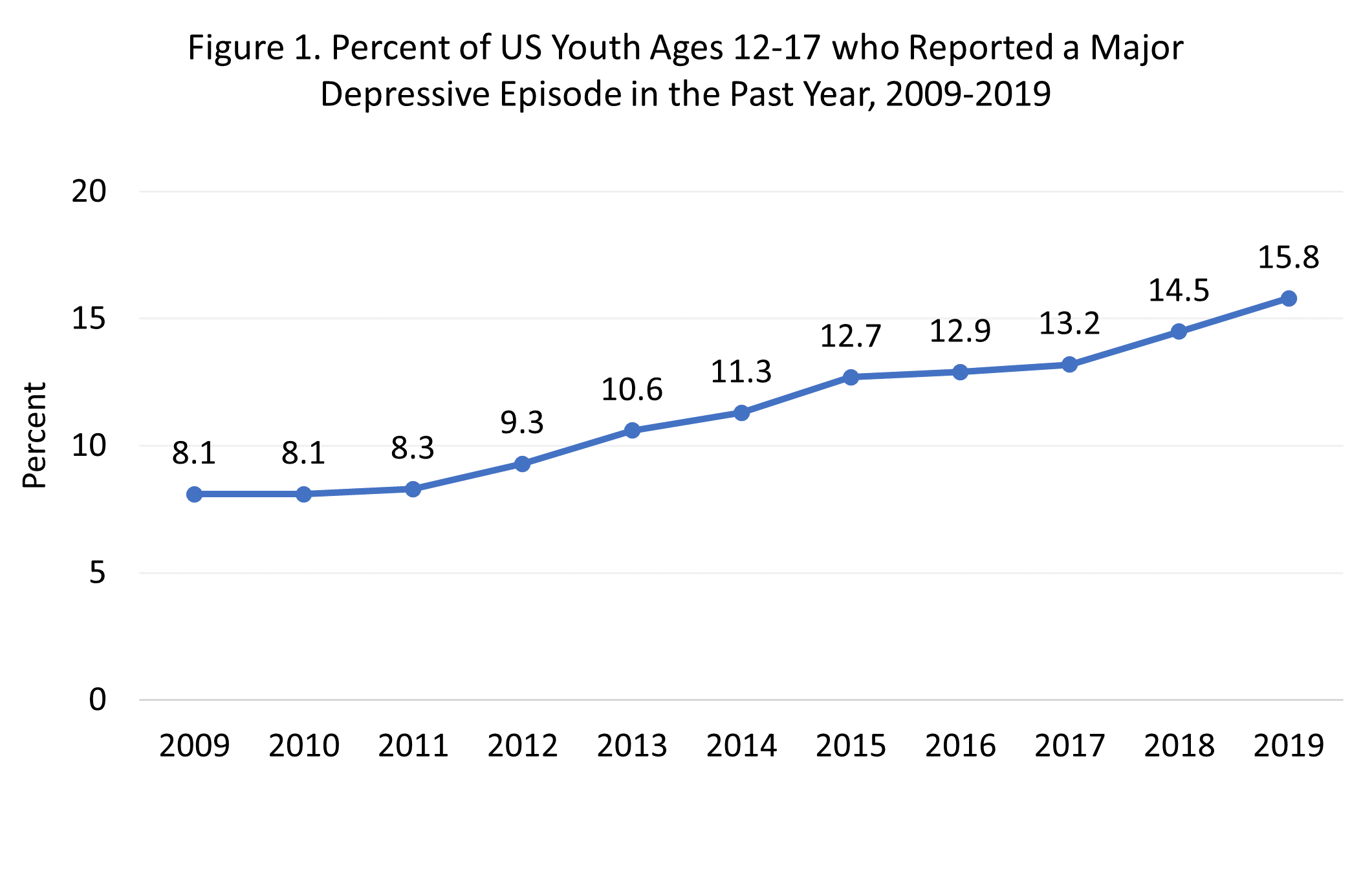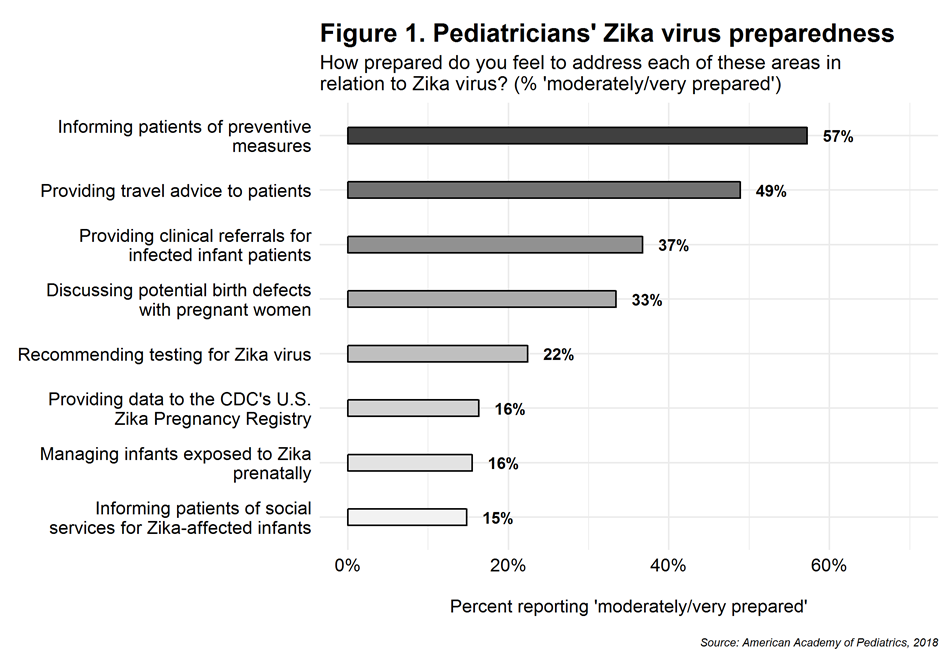Larson K, Tang SF, Gottschlich E, Cull W, Olson L
Presented at the 2021 Pediatric Academic Societies Annual Meeting
Background: Prior studies suggest an increase in youth depression. Few studies have examined national trends just prior to the pandemic or how the proportion of youth with depressive episodes who have suicidal thoughts or actions may have changed over time.
Objective: Examine trends in the prevalence of past year major depressive episodes among US youth and associated suicidal thoughts and actions.
Methods: This study includes 167,783 youth ages 12-17 from the 2009-2019 National Survey on Drug Use and Health. Major depressive episodes were defined by DSM-IV criteria and youth report of a period of at least 2 weeks in the past year where they had depressed mood or loss of interest in daily activities and at least 4 of 7 additional symptoms. Bivariate depressive episode trends by year were assessed for all youth and subgroups by race/ethnicity, gender, age, and income in unadjusted logistic regression models. Statistical interactions examined whether annual trends vary by sociodemographics. Multivariable models controlled for sociodemographics, substance use, and religious beliefs. Youth with a major depressive episode reported if they ever: thought about killing themselves, made a suicide plan, had a suicide attempt, or were hospitalized for suicide in the past year.
Results: The percent of youth reporting a major depressive episode in the past year increased from 8.1% in 2009 to 15.8% in 2019 (p<.05, Figure 1). Increases were significant across every subgroup by race/ethnicity, gender, age, and income (Table 1). The increase in major depressive episodes was a bit steeper for Hispanic (8.1% to 17.8%) and white (8.3% to 15.8%) youth than for black youth (7.4% to 11.5%). Females had a steeper increase (11.4% to 23.4%) than males (5.0% to 8.6%). Nearly half of youth with an alcohol/illicit drug use disorder had a depressive episode in 2019. In adjusted regression, increases in major depressive episodes remained significant for every sociodemographic subgroup. Among youth with a major depressive episode, a high percent reported suicidal thoughts/actions and this increased over time for most measures (Figure 2). For example, the percent of youth with a depressive episode who ever thought about killing themselves increased from 51.9% in 2009 to 63.5% in 2019.
Conclusion: Youth reported major depressive episodes nearly doubled in the 10-year period just prior to the pandemic and a greater proportion of youth with depression reported suicidal thoughts and actions. Continued monitoring after the pandemic will be important.


Last Updated
07/19/2021
Source
American Academy of Pediatrics